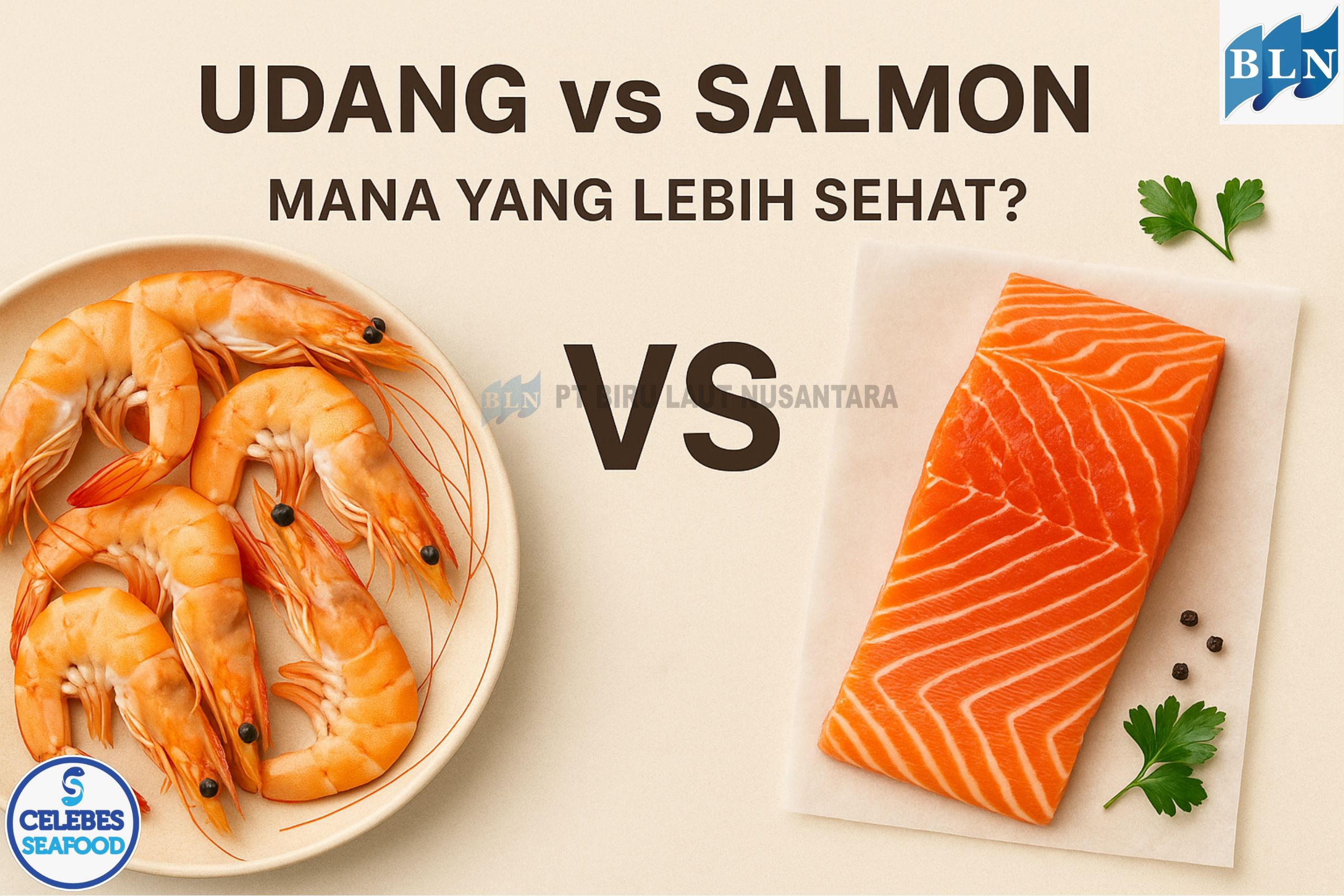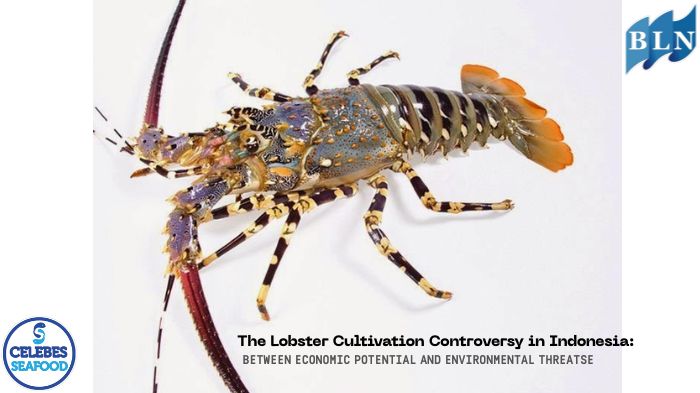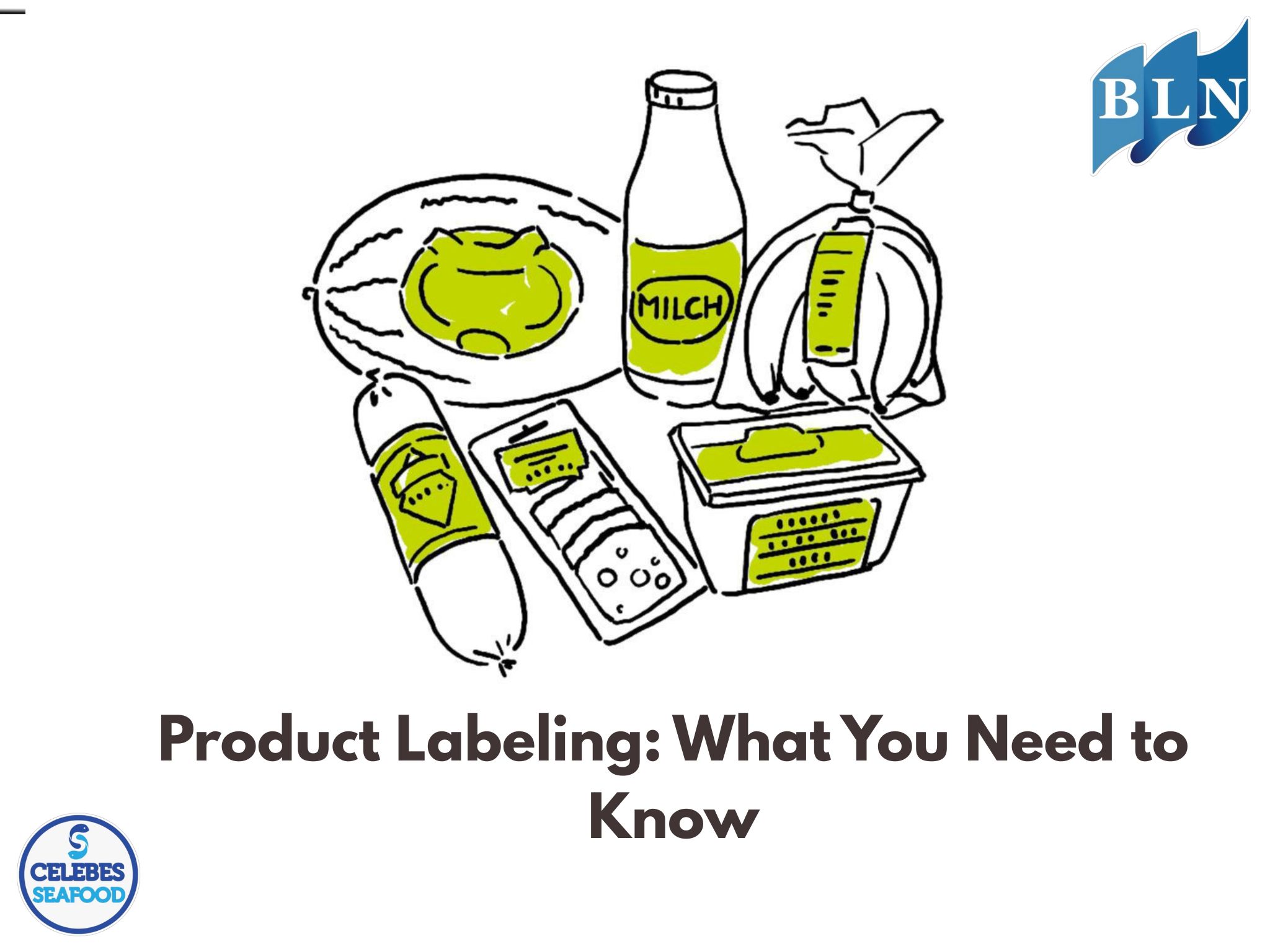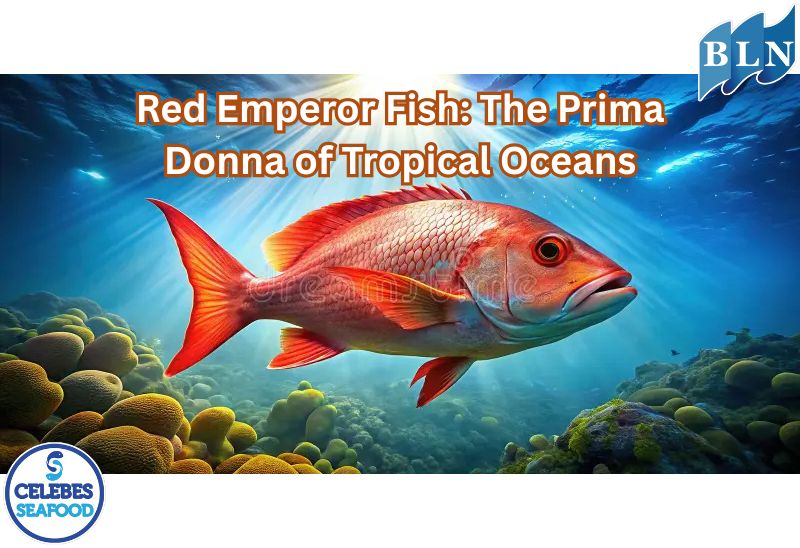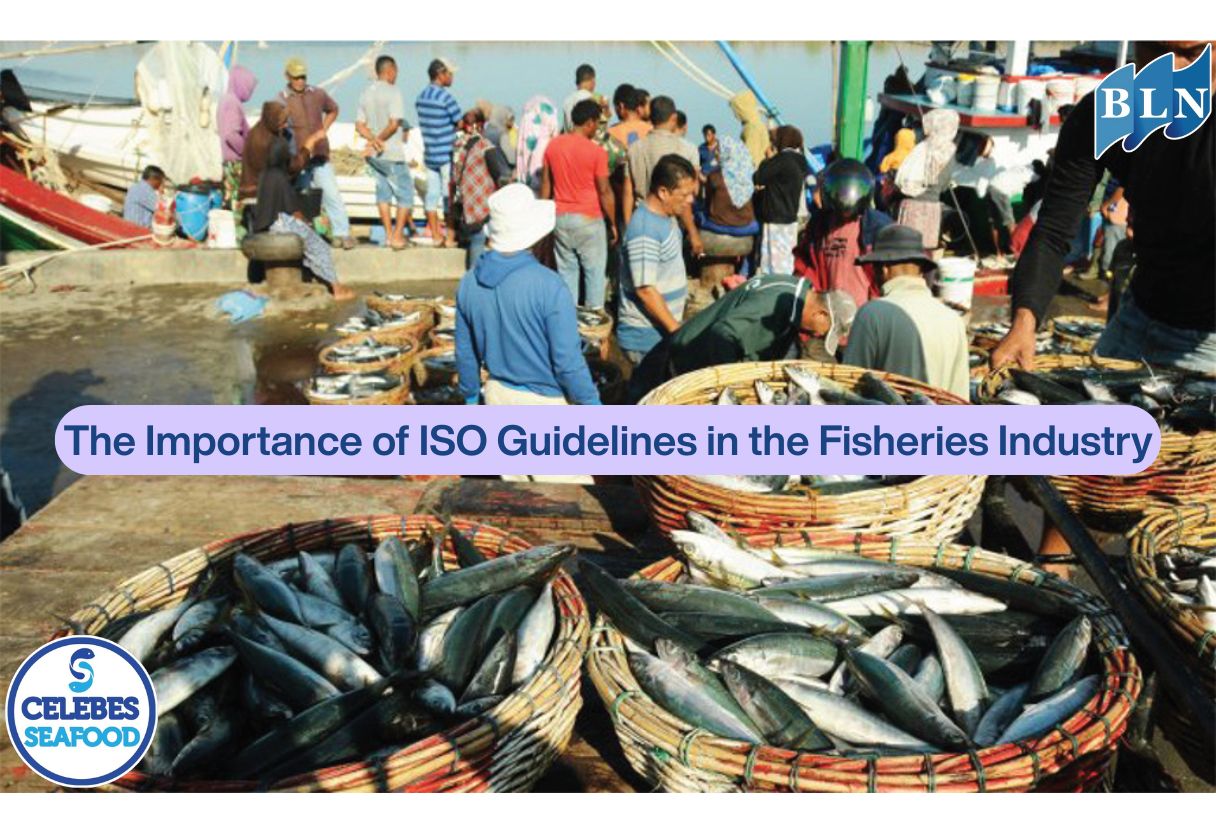Carrageenan: Types, Properties and Functions, and Safety
By. Rani - 17 May 2025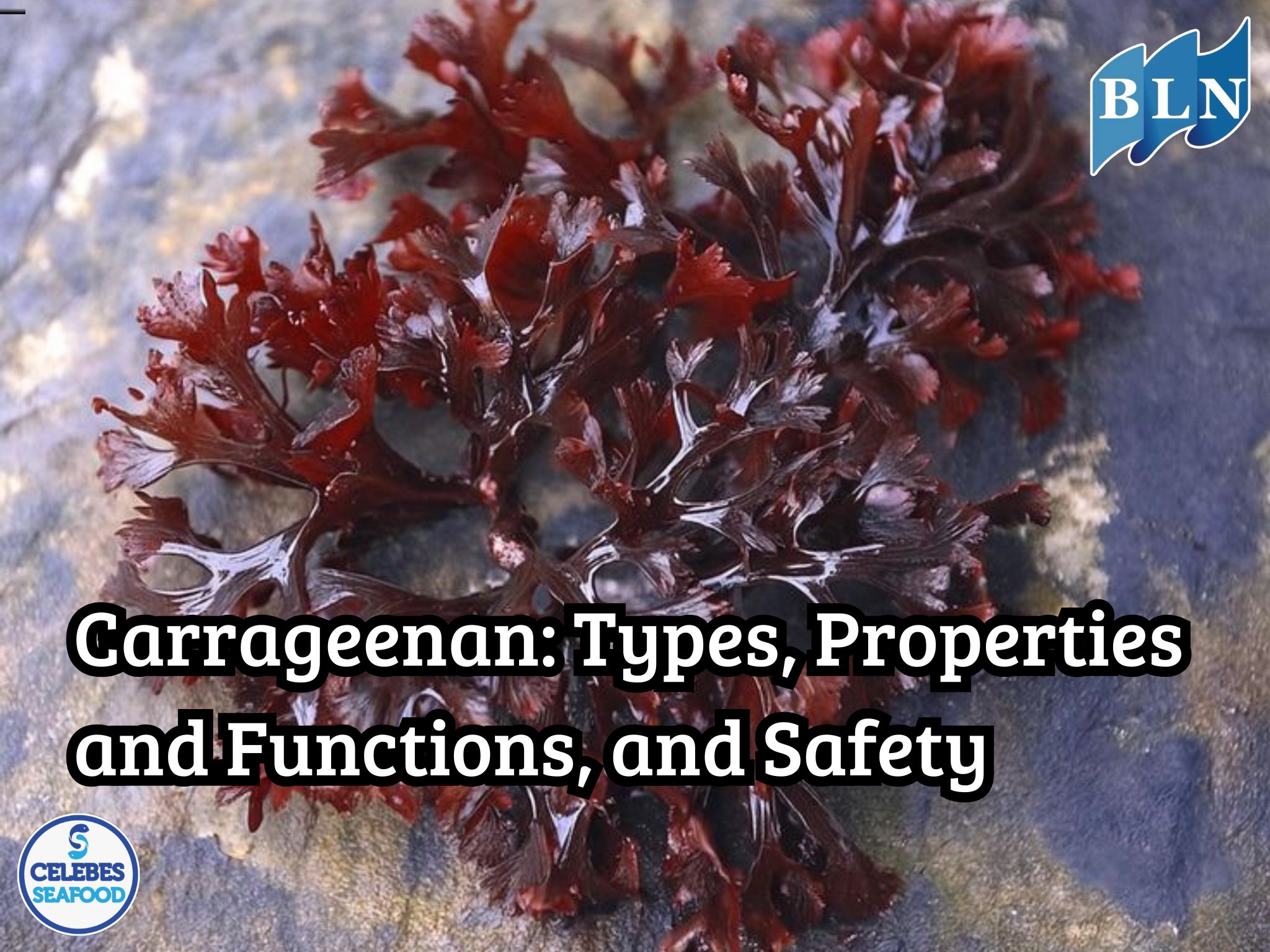
lautnusantara.com Carrageenan is a group of natural polysaccharides extracted from red seaweed (Rhodophyceae). Chemically, carrageenan is a linear polymer of galactose and 3,6-anhydrogalactose that are sulfated and non-sulfated. These chains form a double helix structure that contributes to the unique properties of carrageenan.
There are three main types of carrageenan distinguished by the number and position of their sulfate groups:
- Kappa-carrageenan (κ-carrageenan): Has one sulfate group per disaccharide unit. In solutions with potassium ions (K+), kappa-carrageenan forms strong and rigid gels.
- Iota-carrageenan (ι-carrageenan): Has two sulfate groups per disaccharide unit. With calcium ions (Ca2+), iota-carrageenan forms elastic gels.
- Lambda-carrageenan (λ-carrageenan): Has three sulfate groups per disaccharide unit. Lambda-carrageenan does not form gels but functions as an excellent thickener and stabilizer.
Properties and Functions of Carrageenan:
Due to its ability to form gels, thicken, and stabilize, carrageenan has various applications in industries, especially in:
- Food Industry:
- As a thickening agent in dairy products (e.g., ice cream, yogurt, chocolate milk).
- As a gelling agent in desserts (e.g., puddings, jellies).
- As a stabilizer in sauces, salad dressings, and processed meat products.
- As a fat substitute in low-fat products.
- As an ingredient to improve the texture and mouthfeel of food products
Read Alson : Fisheries Industry Plays an Important Role in the Global Economy
- Pharmaceutical and Cosmetic Industries:
- As a gelling agent in toothpaste, creams, and lotions.
- As an encapsulation material for drugs.
- As a suspending agent.
- Other Applications:
- In making agar-agar alternatives for vegetarian and vegan applications.
- In biotechnology research as a gel matrix.
Safety of Carrageenan:
Carrageenan is generally recognized as safe (GRAS) by food regulatory bodies in various countries, including the FDA (Food and Drug Administration) in the United States and the EFSA (European Food Safety Authority) in Europe, for use in food at specified levels. However, there has been some debate and research regarding the potential side effects of degraded carrageenan (or poligeenan), which are carrageenan molecules with lower molecular weights. Poligeenan is not permitted for use in food because it has been shown to cause inflammation in animal studies. It is important to distinguish between carrageenan used in food and poligeenan.
In summary, carrageenan is a versatile polysaccharide from red seaweed with various applications due to its unique rheological properties. Is there any specific aspect of carrageenan you would like to know more about?
